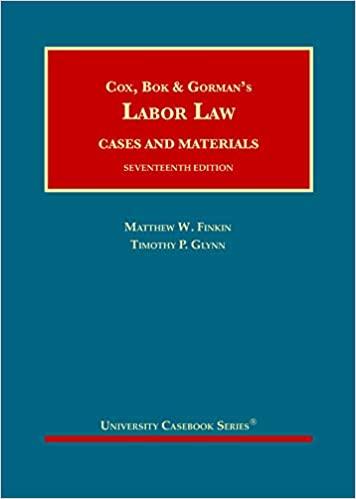Why is this letter below important for historians researchers and students to take notice of the author??
Baseline Assessment: US History & imary Source 2: Your heroes are not our heroes: A matter of perspective, a matter of experience Ramon Rivera, the Jatibonicu Taino Tribal Nation, 19 July 2001 Columbus ran his flagship, the Santa Maria, aground on the island of Haiti on Christmas Eve in 1492. The Arawak people helped rescue Columbus and his men and helped salvage the shipwrecked Santa Maria. The Arawak people helped Columbus dismantle the wrecked flagship and erect a fort with the salvaged timbers. When Columbus left Haiti he rewarded the Arawak(Taino) people by kidnaping 25 of them, and selling the seven or eight survivors of the return voyage to Spain, into slavery. On Columbus's second voyage, he returned with 17 heavily armed ships 1500 men, cannon, guns, crossbows, and attack dogs. All of which he used to fulfill his wishes of conquest of these Children of God. After his attempts of conquest and enslavement were met with resistance his descriptions of these people became less complementary. The Native people were forced to pay a stipend to the Spanish. This stipend consisted of food, gold, cotton.... Failure to produce tribute to the Spanish brought swift and terrible punishment. Those that did not comply were given an attitude adjustment that consisted of violent removal of their nose, ear, hand or foot. Those that actively resisted were burned alive. The Native people were even forced to carry the Spanish, to spare the Spanish the drudgery of walking. So great were the cruelties and horrible the degradations that the Native people suffered at the hands of Columbus and his men, that entire villages would bolt in panic at the sight of a single Spaniard. The whole populations of some villages would, upon the approach of Spanish soldiers, hurl themselves from cliffs, hang themselves, shoot one another with arrows, or take poison to avoid life under the boot of Spanish oppression. Others abandoned their cultivated fields and homes to hide in the forested hills where many thousands starved to death... After the surrounding Islands of the Caribbean were likewise depopulated, the African slave trade began to replace the now all but extinct Native people. Estimates of the Native population of Haiti in 1492 range up to 8 million people. In 1496, according to the results of a Spanish census, the Native populace had dropped to approximately 3 million. By 1516 only 12,000 remained. In 1542, 200 remained alive. By 1555, nearly all 8 million were gone. I am often asked by my non-Native friends why many Native Americans resent the celebration of Columbus Day. Above can be found a few of the reasons why







